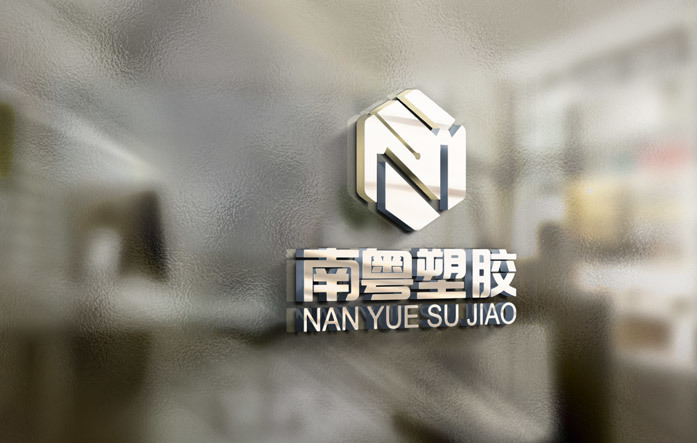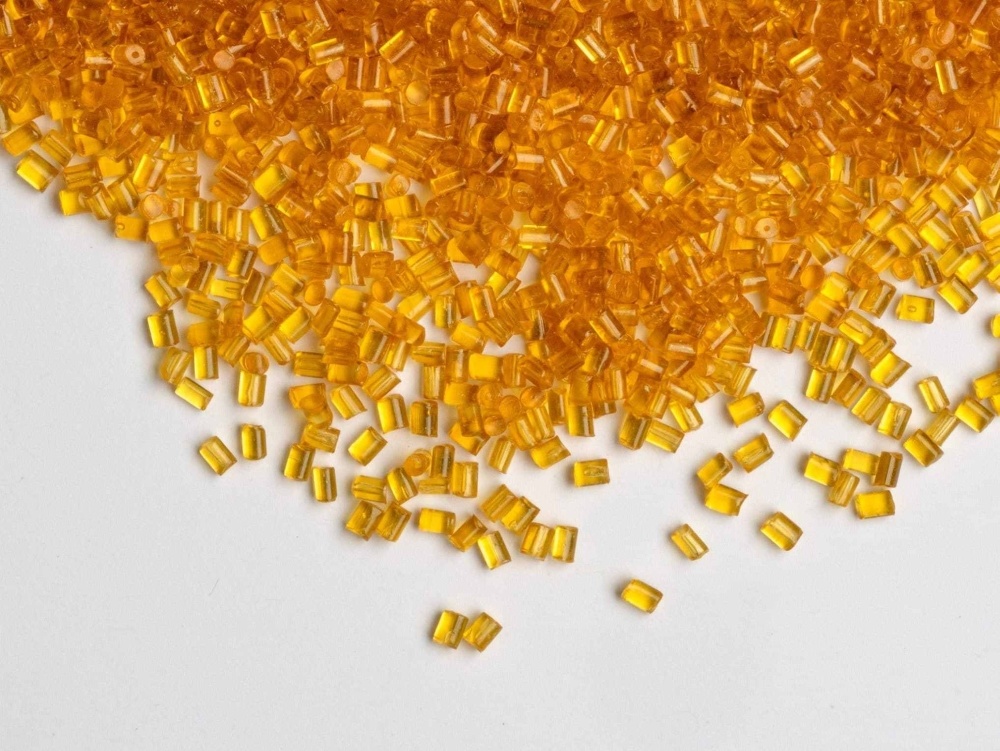-

About Us
Nanyue Plastics Raw Materials Co., Ltd., Dongguan, with its sales center located at 7L Chuangye Hui, Hongye North Road, Tangxia Town, Dongguan. The company mainly deals in special engineering plastics such as PEEK, PEI, PPSU, PSU, PES; and engineering plastics such as LCP, PPS, PA46, PA6T, PA9T, PPA, COC, POM, etc.
-

Product
Nanyu Plastics Raw Materials Co., Ltd., Dongguan, with its sales center located at 7L Chuangye Hui, Hongye North Road, Tangxia Town, Dongguan. The company mainly deals in special engineering plastics such as PEEK, PEI, PPSU, PSU, PES; and engineering plastics such as LCP, PPS, PA46, PA6T, PA9T, PPA, COC, POM, etc.
-

Application
Products are widely used in aerospace, military, medical, electronics, communications, connectors, e-cigarettes, automotive, AI robots and other industries. The company has been deeply involved in the plastics industry for 17 years, providing one-stop services from raw materials to mold opening and injection molding. Adhering to customer-centricity, enhancing competitiveness, and contributing to industry development.
-

Customer Case
Nanyu Plastics Raw Materials Co., Ltd., Dongguan, with its sales center located at 7L Chuangye Hui, Hongye North Road, Tangxia Town, Dongguan. The company mainly deals in special engineering plastics such as PEEK, PEI, PPSU, PSU, PES; and engineering plastics such as LCP, PPS, PA46, PA6T, PA9T, PPA, COC, POM, etc.
-

Blog
Nanyu Plastics Raw Materials Co., Ltd., Dongguan, with its sales center located at 7L Chuangye Hui, Hongye North Road, Tangxia Town, Dongguan. The company mainly deals in special engineering plastics such as PEEK, PEI, PPSU, PSU, PES; and engineering plastics such as LCP, PPS, PA46, PA6T, PA9T, PPA, COC, POM, etc.
-

Contact
Nanyu Plastics Raw Materials Co., Ltd., Dongguan, with its sales center located at 7L Chuangye Hui, Hongye North Road, Tangxia Town, Dongguan. The company mainly deals in special engineering plastics such as PEEK, PEI, PPSU, PSU, PES; and engineering plastics such as LCP, PPS, PA46, PA6T, PA9T, PPA, COC, POM, etc.

Service Hotline:
Which one has better corrosion resistance, PTFE or PFA?
Publication Time:
2022-07-28
Which one has better corrosion resistance, PTFE or PFA? What are their advantages and disadvantages? What is the difference in their temperature resistance? I heard that the temperature resistance of domestically produced raw materials is much lower than that of imported ones. Is that true?

Q: Which has better corrosion resistance, PTFE or PFA? What are their respective advantages and disadvantages? What is the difference in their temperature resistance? I heard that the temperature resistance of domestically produced raw materials is much lower than that of imported ones. Is this true?
A1: The biggest difference between the two is that PFA is easier to process into various valve linings than PTFE. PTFE has poorer processing properties than PFA, but PFA is more expensive than PTFE. In China, FEP is often used.
A2: PTFE has better corrosion resistance and higher temperature resistance, but it is not as easy to process as PFA.
A3: For conventional acid, alkali, and salt solutions, the corrosion resistance of PTFE and PFA is similar, but for some specific media, it is necessary to refer to the material corrosion manual. Generally speaking, PTFE, being a perfluorocarbon compound, has slightly better corrosion resistance than PFA. However, PTFE has poor processability and creep resistance, which limits its application in some specific areas.
A4: The corrosion resistance of the two is similar, but the temperature resistance of PFA is not as good as PTFE in practical applications. PFA material may bubble under the action of high-temperature water; PTFE has better anti-permeation performance than PFA, but the difference is not large. As mentioned above, the advantages of PFA are its easy processing and forming. PFA pipes can be connected in lengths of 50 meters or even hundreds of meters to reduce leakage. In addition, the cleanliness level of PFA material (the amount of metal ion elution and impurity particle elution is very, very small) is higher than that of PTFE, so PFA is widely used in the semiconductor industry.
A5: 1. Polytetrafluoroethylene (PTFE)
Ordinary PTFE pipes are white and opaque, mainly including conduits, hoses, pipe lining pipes, and braided reinforced pipes. PTFE pipes have excellent high and low temperature resistance and excellent chemical resistance. They can transport liquids or gases at temperatures up to 260℃, and have high chemical purity, making them most suitable for a wide range of continuous operating temperatures. The excellent electrical properties of PTFE pipes also make them the most suitable material in the electronics and electrical industries, mainly used for electrical insulation sheaths, chemical transportation, heat exchangers, medical urinary catheters, and surgical vascular bypasses.
2. Tetrafluoroethylene-perfluoroalkoxy-vinylether copolymer (PFA)

No. 908, Building 1, 7L Chuangye Hui, No. 1, Hongye North 17th Road, Tangxia Town, Dongguan City, Guangdong Province
COOKIES
Our website uses cookies and similar technologies to personalize the advertising shown to you and to help you get the best experience on our website. For more information, see our Privacy & Cookie Policy
COOKIES
Our website uses cookies and similar technologies to personalize the advertising shown to you and to help you get the best experience on our website. For more information, see our Privacy & Cookie Policy
These cookies are necessary for basic functions such as payment. Standard cookies cannot be turned off and do not store any of your information.
These cookies collect information, such as how many people are using our site or which pages are popular, to help us improve the customer experience. Turning these cookies off will mean we can't collect information to improve your experience.
These cookies enable the website to provide enhanced functionality and personalization. They may be set by us or by third-party providers whose services we have added to our pages. If you do not allow these cookies, some or all of these services may not function properly.
These cookies help us understand what you are interested in so that we can show you relevant advertising on other websites. Turning these cookies off will mean we are unable to show you any personalized advertising.
Website Construction:www.300.cn Privacy
Sorry,当前栏目暂无内容!
您可以查看其他栏目或返回 首页
Sorry,The current column has no content!
You can view other columns or return Home





